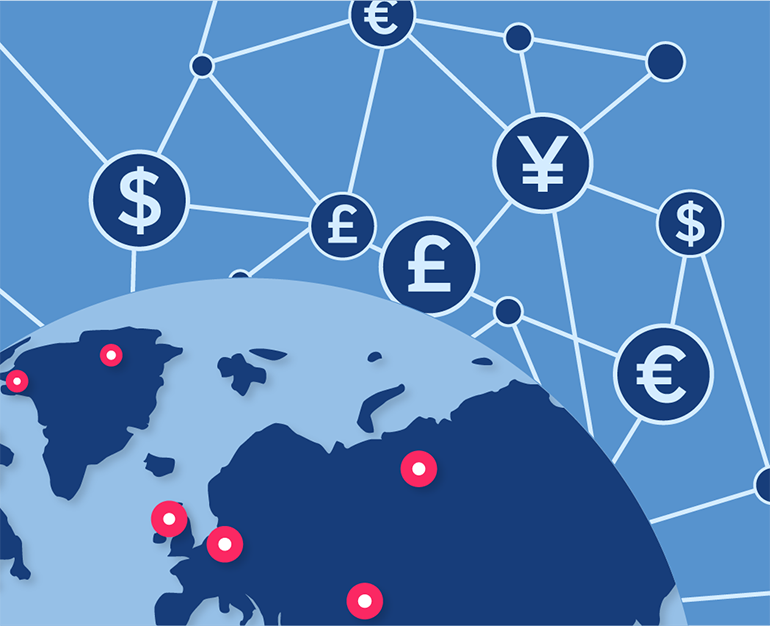
In Part 1 of our series of articles, we have covered what the exchange rates are and how they are set.
Today we are going to talk about:
Banks transfer foreign currency between each other electronically on interbank exchanges. The exchange rate at which they buy and sell is called the mid-market rate, or interbank exchange rate.
The mid-market rate is the midpoint between the rate most buyers on interbank exchanges are willing to pay and the rate most sellers are willing to sell at. Put another way, it’s the real exchange rate.
Unfortunately, customers don’t have access to mid-market rates. The exchange rate your bank offers is different.
The bank will typically set a ‘day rate’. In other words, they’ll take the mid-market rate and add a margin to it to make a profit. How much margin they apply is entirely up to each bank — it could be 1% or more.
More to the point, there are also other fees. Your bank may charge a foreign transaction fee, a commission, or both. And there may also be other hidden costs — Money Mover reckons these hidden costs alone cost UK businesses almost £4 billion a year.
There are no two ways about it. If you use your bank to make foreign transactions, there’s a good chance you’re over-paying. And this will hit your profits where it hurts. It’s also difficult to find out how much, exactly, a foreign transaction will cost you ahead of time.
Luckily, you CAN keep foreign transaction costs to a minimum.
Here’s how to go about it.
Do a lot of business in a particular country? It’s worth keeping tabs on the mid-market rate.
Use a free app like Neomy to keep track of your preferred exchange rates. You’ll get a notification when it’s a good time to exchange.
Safenetpay’s business account, for instance, lets you pay and get paid in many major currencies, including US Dollar, Euro, and Swiss Francs. This means you can invoice in your customer’s currency, get paid like a local, and only convert to your preferred currency once you know the exchange rate is favourable.
Unlike banks, specialist providers have lower overheads, so they can offer you much better exchange rates.
Case in point, Safenetpay exchange rates are typically 4 times cheaper than what you’d get from your bank. Which means you can reach customers all over the globe without having to pay over the odds for the privilege.
Why use a bank when a specialist payments provider can offer you a much better deal?
Right?
Want to boost your international sales without burning a hole in your profits?